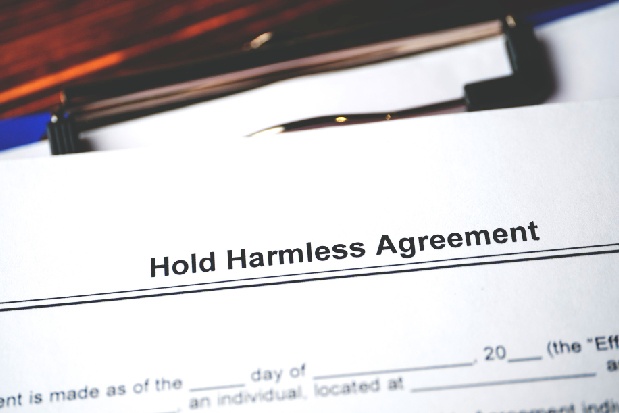
Table Of Contents
5 Forms Of The Hold Harmless Agreements And When To Use Them
There is so much to the issue of hold harmless which is not known to many people from across the globe. What the hold harmless is and how it applies are some of the details to the hold harmless which are not well known and understood out there.
That said, it is essential to try as much as possible to try and offer as much information to this as it is possible. This is exactly what you find in this text. The purpose of the text is to make sure that it offers as much information on hold harmless as it is possible to enable you to understand the hold harmless even better.
What Is A Hold Harmless?
The intention of this article is to actually give you an idea of the 5 types of hold harmless. However, before getting to that, it is very important to start by looking at what a hold harmless is first of all. Once you have an idea of what is a hold harmless agreement, you will be best placed to understand the three types of a hold harmless agreement.
A hold harmless can be best described as a clause that is included in the construction contracts. The intention of the hold harmless agreement is to release one of the parties from those which are involved from any liabilities and consequences because of an act of the other.
In ideal circumstances, subcontractors provide contract builders with harmless agreements. These agreements are also offered to other people as well. Some of these people include all the other professionals working on your site. The role of this agreement is to ensure there is insurance against all the work which is under execution by a subcontractor.
The provisions of the hold harmless agreement are to make sure that there is minimizing any risk of forming part of any litigation process. The intention here is to make sure that one has an opportunity to pursue an indemnity claim in the event that a subcontractor or any of the employees working for him sustains an injury of any sort.
The Basic Forms Hold Harmless In The Market
There are three main basic forms of hold harmless agreements which are all used in the construction sector. For the purposes of this discussion, it is essential to take a look at some of these kinds of hold harmless agreements that you might find interesting.
The Broad Form
This is the first type of hold harmless. This kind of agreement states that any insured subcontractor assumes all the responsibility for all the liabilities which occur during accidents. In such a case, it is assumed that the accident occurred due to the subcontractor’s negligence.
However, the use of broad form as a hold harmless is not used so much in many places and that is because of many reasons. For instance, the broad terms of this agreement make it one which is not that desirable and hence not used that much.
In some cases though not that many, validation for this kind of agreement requires the subcontractor to finance their own liability with another additional insurance policy.
The Intermediate Form
This is yet again another type of a hold harmless agreement. With this kind of agreement, the subcontractor is the one who is fully liable for any accidents and cases of negligence occurring. In this case or kind of hold harmless, the subcontractor is only responsible for their actions and cannot be held responsible for the actions of their contractors.
Due to the terms of this hold harmless, it is one of the most famous forms of hold harmless. What this kind of holds harmless means is that it is not entirely dependent on the fault of the subcontractor.
In this case, the issue of negligence is largely dependent on who was at fault. Whether one is negligent for an offense, they will be held accountable for that offence alone and not any other person.
However, in the event that all the parties were involved in an act of negligence then a subcontractor will be held squarely responsible for this matter. It doesn’t really matter what kind of negligence that was, in such a case, the subcontractor will be held responsible for the negligence.
The Limited Form
This is the third type of a hold harmless agreement. In this case of an agreement, the subcontractor is only held to account for any acts of negligence in which they take part in. However, even though this is the case it only goes on up to a certain level.
An interpretation of this holds harmless agreement: a subcontractor is only able to assume liability only up to a certain extent and not everything they do. Before getting a hold harmless agreement, there are some details you need to provide. The nature of the details provided for this case might vary from one state to the other.
This is exactly why you need to take time and check what these requirements say in your state before choosing what details to provide. Once you have this idea you will be able to know what details to provide to enable the use of this kind of hold harmless in the right way.
Who Needs The Hold Harmless Agreement?
This is also another question that has been asked about hold harmless clause. It is important to know who exactly should go for the hold harmless agreement. The people who need to hold harmless agreements are many but they vary from one state to the other.
For instance, the real estate area is one of the areas in which the hold harmless agreements are so essential. Other than that, there are also other places where this kind of agreement is so essential due to the risks involved.
Conclusion
There are many things you need to know about the hold harmless among them the types. The text above offers you as much information in this regard. The intention here is to make sure that you are well informed on this issue.
Read Also:










